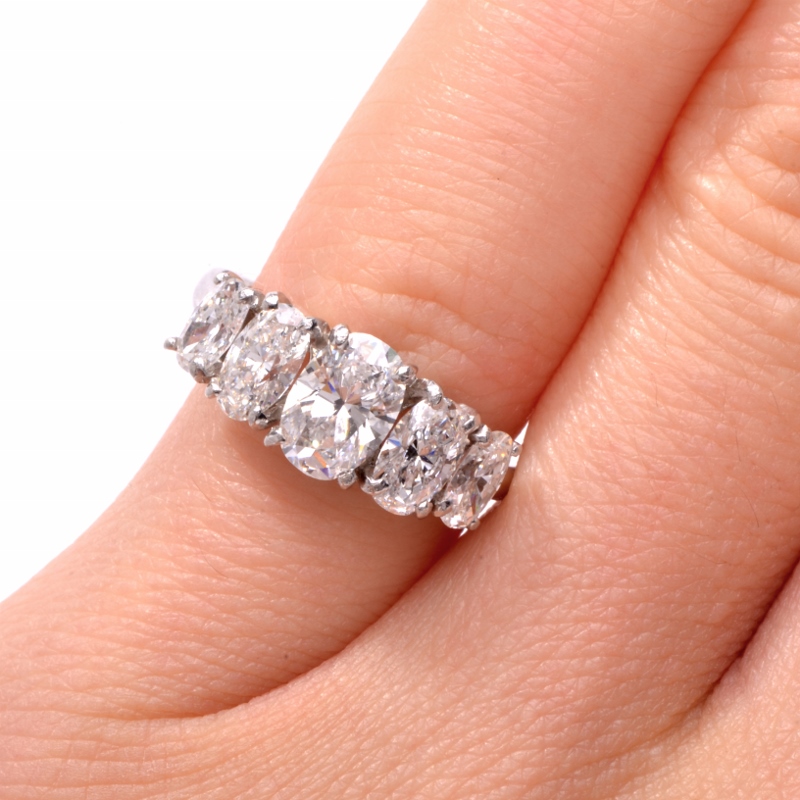
Engagement rings are produced in numerous styles and designs and are constructed in different materials, inclusive of precious metals, The latter play a critical role in the creation of contemporary jewelry by affecting appearance, durability and cost. With such a significant impact, it is important that anyone intending to purchase jewelry acquire basic understanding of the
The number of metals that can be used is limited; there are only 86 known metals and of those, relatively few are commonly used in contemporary jewelry. However, the majority of jewelry crafted today tends to use only a handful of metals. Here, we’ll look at the metals that are the most popular. Perhaps no other substance on earth has captured the hearts and minds of man more than gold. Popular for its rarity and luster, gold quickly became a method of payment and a key component used in the manufacture of jewelry when it became fashionable during the times of Alexander the Great. After a temporary decrease in status, gold regained its popularity as a jewelry staple often seen used in rings during the 15th century and continues to be popular today. Gold is the most easily worked of all metals and ranges in softness based on its purity. Generally pure gold is too
White Gold combines pure gold with other white metals, such as zinc, nickel, platinum and silver. Durable and resistant to tarnish, White Gold jewelry is brittle and requires platinum or rhodium plating. Generally produced to be a more cost effective than platinum, White Gold can cause allergic
Platinum is a silvery, white metal that is extremely rare and considered more precious than gold. Priced significantly above gold, Platinum is among the heavier metals used in jewelry. Despite this increase in cost, platinum jewelry has become increasingly popular especially in the production of engagement and wedding rings.
Like most other metals used in jewelry, Platinum has an interesting history. Naturally occurring platinum and platinum-rich alloys were first used by ancient Egyptians, however it was not identified as an element until the 18th century. Spanish silver miners first named the metal “platina” or “little silver” when they first encountered it in Colombia, South America. Eventually, the Spaniards dismissed platinum as an ‘undesirable impurity’ in their mined silver, and often discarded it as a worthless by-product. Needless to say, that has changed today.
As with other metals, Platinum is commonly mixed with other substances. However, for a piece of jewelry to be labeled as “platinum” it must have a minimum level of purity of at least 95%. A purity level of less than 95% would require the metal to be identified as a Platinum alloy. Normally, Platinum jewelry pieces can be identified by a stamp with “PLAT”; a different stamp for the Platinum alloy would be “IRIDPLAT”.
V.B.


